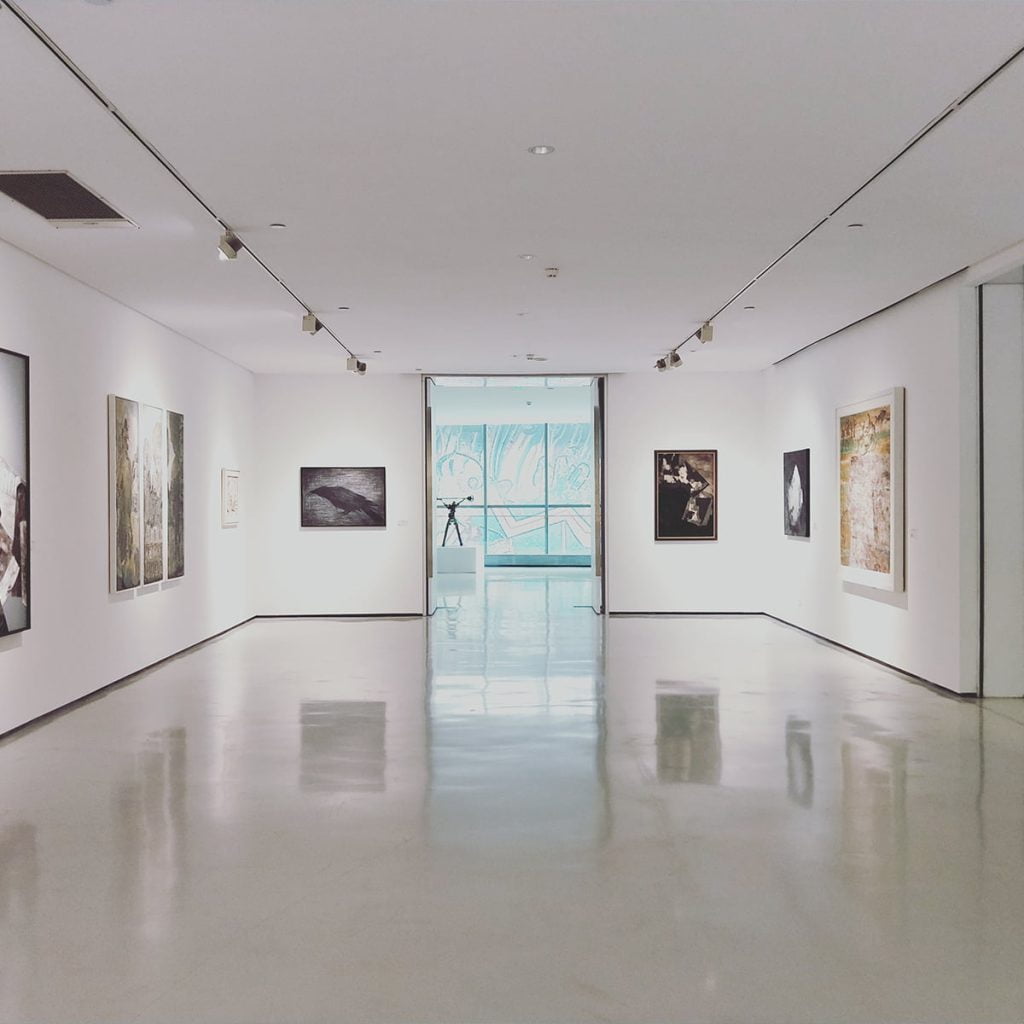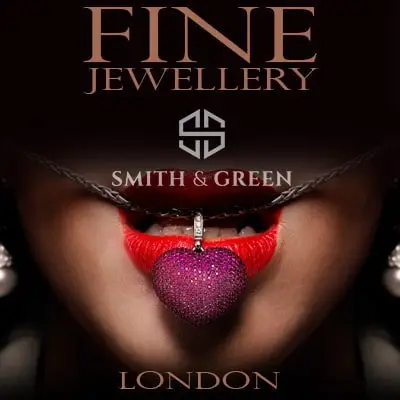When you think of investing, it’s likely that traditional forms of investment such as stocks, shares or bonds come to mind. But as every successful investor knows, having a diverse portfolio is the key to consistently high returns and navigating those moments when stocks and shares are not performing.
One way to do that is by investing in art. Of course, this is a very different proposition from other investment options, and not something you should enter into without first doing your due diligence.
Creating a more balanced portfolio
One of the key benefits of investing in art is that it’s an asset that holds its value over time. Rarely will you see a piece of art drop in value unless it gets damaged. Buying art generally means buying something that will hold or increase its price.
Aside from the specific price of your art piece, though, there is the added benefit that it will help provide a balanced portfolio. By spreading your portfolio across a range of short and long-term bonds, shares, art and other assets such as gold or gemstones, you can help protect it against fluctuations in one element or another.
And it’s worth noting that, in times of uncertainty or volatility, art has historically been one of the assets to stay strong. So, investing in art is a good route to a well-rounded portfolio.
Getting expert advice
If you’re a seasoned trader in stocks and shares, you probably have your own method of tackling market movements and identifying investments with high potential. But when you took your first investment steps, you probably sought advice from somewhere. It may have been a friend, colleague or financial advisor, but the chances are you leaned on an expert. You may still be a fresh-faced trader already looking for diversification.
In either case, investing in art should follow the same principles as any other type of financial venture. It’s important to seek expert advice and to weigh up the pros and cons before putting your hand in your pocket – particularly if you’re looking to invest a significant portion of your wealth in it. In the same way that traditional investors monitor the markets using the economic calendar or DXY chart, talking to someone who understands the business of art investment is crucial.
Remember, this is different from an expert in the art itself. While they may have a broad understanding of values, if their knowledge is based on brushstrokes, a particular medium or the work of an individual artist, they’re not necessarily reliable sources of investment information.
With that said, art experts can help identify current trends in their specialist medium or upcoming artists whose work is expected to grow in popularity.
And, of course, any addition or amendment in your portfolio structure should be discussed with your usual financial advisor.


Added benefits of investing in art
Buying art brings more than just financial returns, though. Some of these are:
- It looks good. With so many different mediums available, unless you’re lucky enough to get offered a Van Gogh at a snip, the chances are you’ll be in the market for something that is aesthetically pleasing in addition to its investment value. So, even if it all does is hold its price while you own it, you’ll still have gained some enjoyment from it.
- It speaks to you. We’re talking emotionally here – unless you’re investing in NFTs, but that’s a whole different ball game. We consume art, in all its forms, because of the way it makes us feel. Which means whatever you buy is likely to be something you feel a connection with – and that could be argued to be the most important element of investing in art.
- It’s a statement. Sure, telling people about how well your shares are doing is fun for you – but buying art as an investment allows others to gain some real benefit from it rather than taking vicarious pleasure from your financial gains. Plus, if you buy something with real presence, it can be an inspiration and centrepiece for your interior design.
- It’s a hedge against inflation. Art is an asset class that has traditionally remained unaffected by inflationary pressures. To say that it’s risk-free would be misleading, but it certainly less volatile than many other types of investment.

















